Our exciting travel reporter reports continue. Today, Miriam and Björn are taking you to the beautiful African island of Zanzibar. During their Zanzibar tour, the two experienced quite a bit. Join them through Stone Town, to the bustling markets, to the stunningly beautiful beaches, and learn all about the giant tortoises on Changuu Island. Also exciting are the spice tours, the former slave market, and a dinner at the famous restaurant “The Rock.” Learn more about the island, cultures, life on Zanzibar, and all the highlights in the following article. Have fun browsing and trying it out!
- Why Zanzibar?
- Arrival in Zanzibar
- Our accommodation in Stone Town
- Stone Town highlights
- Restaurant tip for Stone Town
- Excursion to Changuu Island
- Our accommodation in Kidoti
- Snorkeling tour off Mnemba Island
- Highlight in Zanzibar – A spice tour
- Jozani Forest on Zanzibar
- Eating at “The Rock”
- Culture & Religion in Zanzibar
- Riding the Dalla Dalla
- Currency in Zanzibar
- Traffic on the island
- Conclusion of the Zanzibar tour
Why Zanzibar?
We knew that our next long-distance trip would be in 2019. Since we both still have several countries on our list, the choice wasn’t easy at first. It was clear that we wanted to go to Africa again. Initially, Reunion was our favorite. But when we learned that a lot of cases of dengue fever had been reported there at the time, we decided to postpone this destination. It seemed obvious to us that we would choose another African island on our list, and that’s how we chose Zanzibar. This island is located east of mainland Tanzania and is one of the most popular destinations in the country. So why not venture on a Zanzibar tour?
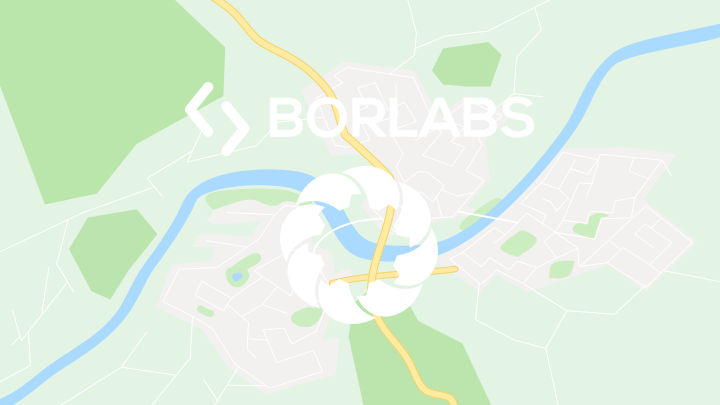
By loading the map, you accept Google’s privacy policy.
Learn more
Load map
Arrival in Zanzibar
At the beginning of August, we flew from Hamburg airport, first to Dubai and then on to Dar es Salaam, the capital of Tanzania. From Dar es Salaam, we flew another twenty minutes over the Indian Ocean in a small propeller plane before reaching Zanzibar. Of course, it’s also possible to fly directly from Germany to Zanzibar, for example with Condor.
When we arrived at the airport in Zanzibar, there were tons of taxi drivers, all of whom wanted to do business with us. However, our accommodation had already arranged a driver for us, who was already waiting for us with a large sign with our names on it and took us to our first accommodation in Stone Town.
Our accommodation in Stone Town
We rented a small apartment in the heart of Stone Town* through Airbnb to start our Zanzibar tour. I, who had previously only known the almost European South Africa of Africa, was a bit shocked when I got out of the car in Stone Town, right next to a small pile of garbage in the middle of the street, and at first glance, all I saw around me were aging houses, garbage, and stray cats. This wasn’t how I imagined Zanzibar, having always seen pictures of powder-white beaches, coconut palms, and turquoise-blue sea in travel guides and on the internet.
On the short walk to our accommodation, I felt like going home. However, we were warmly welcomed by our landlord and given a great, clean room on the first floor. The accommodation is a small apartment with three beautiful rooms, all of which are rented out. A delicious breakfast was served to us every morning, and because we received such a warm welcome, we returned for another night at the end of our stay.
Stone Town Highlights
We started the first day of our Zanzibar tour in Stone Town with our first highlight: a city tour*. Our accommodation arranged a guide for us. Ahmed only spoke English, but he was very easy to understand, and we had a really cool first day in Stone Town with him. First, we explored all the small alleys, where it’s easy to get lost, and we were glad to have Ahmed by our side on this first day.
Typical of Stone Town are the elaborate doors that can be admired on the houses. These doors and portals were traditionally the first thing built during a house’s construction. The more elaborately decorated the door, the richer and more important the owner of the house.

On the way through Stone Town, you pass the birthplace of Freddy Mercury and the “House of Wonders,” which Sultan Barghash built in 1883. He wanted to build this house as the most modern in East Africa, with running water, electricity, and an elevator—practically with all the wonders of that time. Unfortunately, we were unable to visit the house during our stay because it was closed for renovations.
Then we went to Zanzibar’s largest market, the Darajani Market. We’ve never heard such a chaotic hustle and bustle of people, colors, sounds, and voices before. Nevertheless, it was absolutely impressive to make our way through the crowds. I only had to go through the fish market very quickly; we skipped the meat market. At the wonderful, colorful market stalls, you can buy spices and other beautiful souvenirs from Zanzibar.

On the Way to the Former Slave Market
After the Darajani Market, we went to the former slave market. This is the place where slaves were once sold and held captive. Together with Ahmed, we then visited the former prisons, which are located half underground. You could even still see the chains with which the slaves were bound back then.
It was impressive and at the same time very depressing to see it. In the building above the prisons, there is an interesting museum that recounts the entire slave period with pictures and texts on a timeline. After the museum, you enter a small museum shop where you can buy lovely souvenirs.
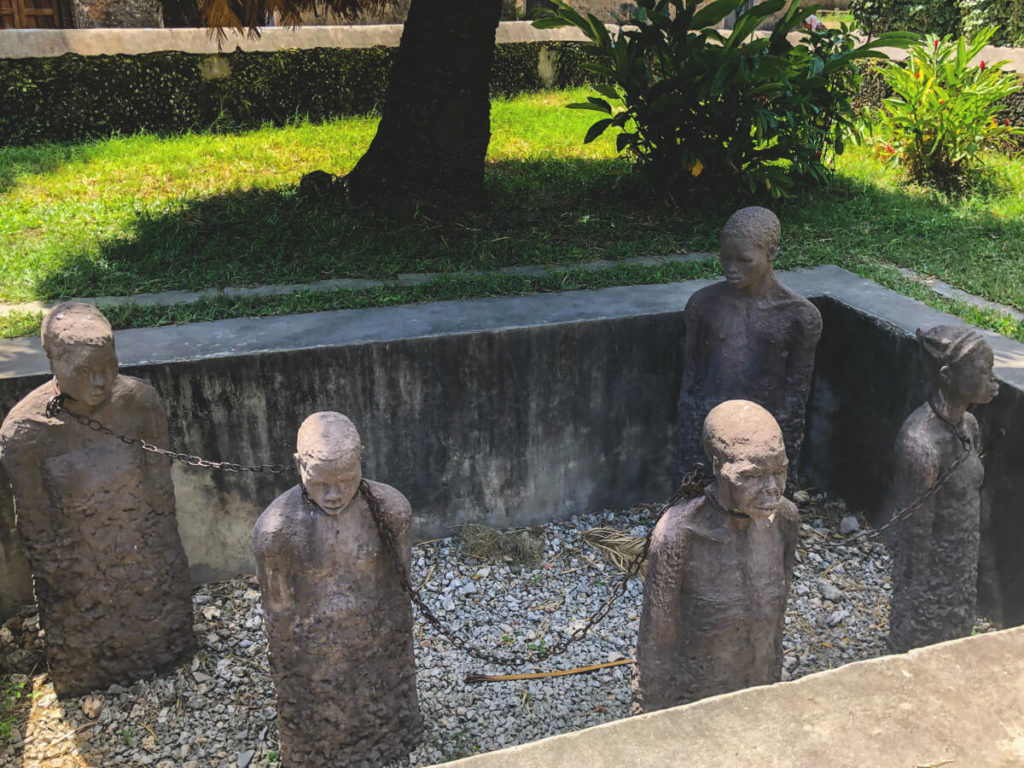
Restaurant tip for Stone Town
During our stay in Stone Town, we went to the “Stone Town Cafe Zanzibar” every day. The café is located right in the pedestrian zone. You can sit comfortably on a beautifully landscaped terrace under small palm trees and fans. We didn’t find it so pleasant inside, as it smelled extremely of food. The food itself, however, was very good, and the service staff was very friendly. We tried the fish curry and the pizza, among other dishes. The fresh juices are also highly recommended.
Excursion to Changuu Island
The next day, the second highlight of our Zanzibar tour followed: We took a small motorboat to Changuu Island, also known as Prison Island. Changuu Island is a strip of island off Stone Town’s coast where a prison was once built, but was never used. Since this tour was also specially organized for us by our accommodation, there were only the two of us on the small motorboat, along with our captain and the guide who showed us the island. The waves were pretty high, and the ride was really shaky.
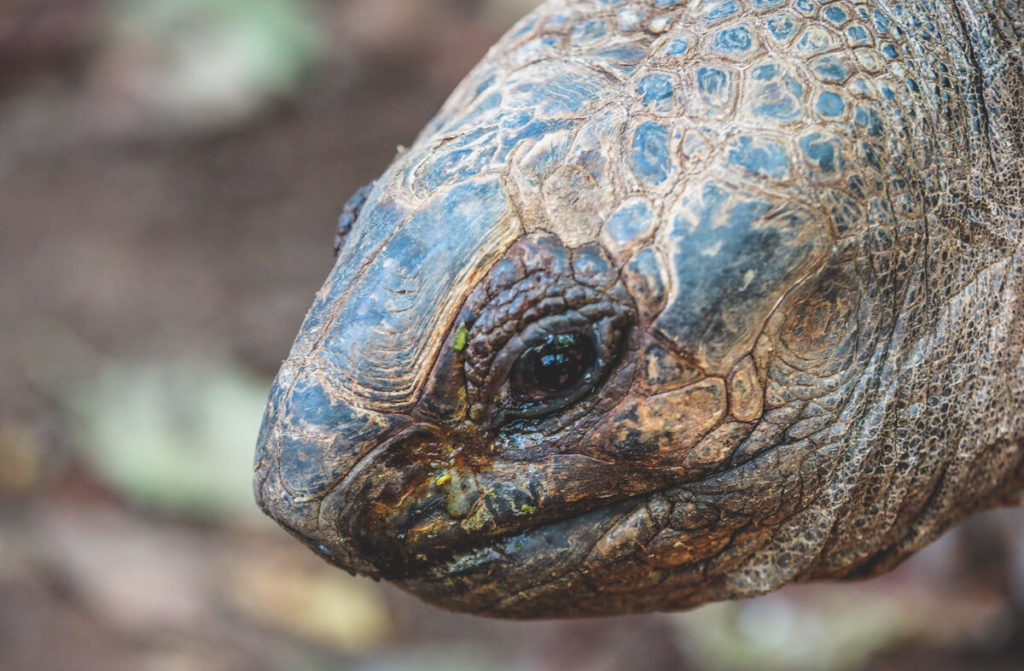
Changuu Island is now home to a colony of giant tortoises. These turtles can weigh up to 200 kg and can be fed and touched on Changuu Island. We were also able to admire baby turtles, as well as a truly impressive crab and several peacocks. From the island, you have a fantastic view of Stone Town, and after the sightseeing tour, you can go for a swim on the white beach. Be sure to pack swimming shoes, as there are lots of sea urchins there. But you might also have the chance to see some beautiful starfish.
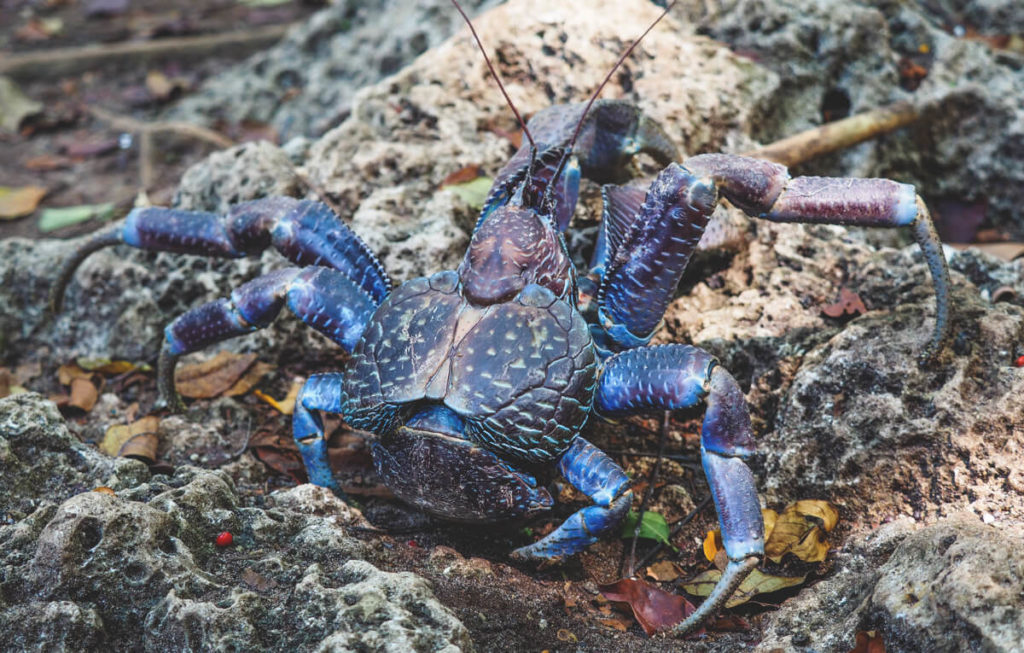
Our Accommodation in Kidoti
After three days in Stone Town, we continued on to the north of Zanzibar, near Paje. Our accommodation was another Airbnb*, run by a Tanzanian and his Canadian wife. The accommodation bears the fitting name “Kidoti Wild Garden,” which fits this accommodation perfectly. The road to the accommodation is a bit arduous, and we were once again glad not to have to drive ourselves. The last 10 minutes are off the paved roads and over bumpy terrain. But we knew the journey was worth it as soon as we arrived.
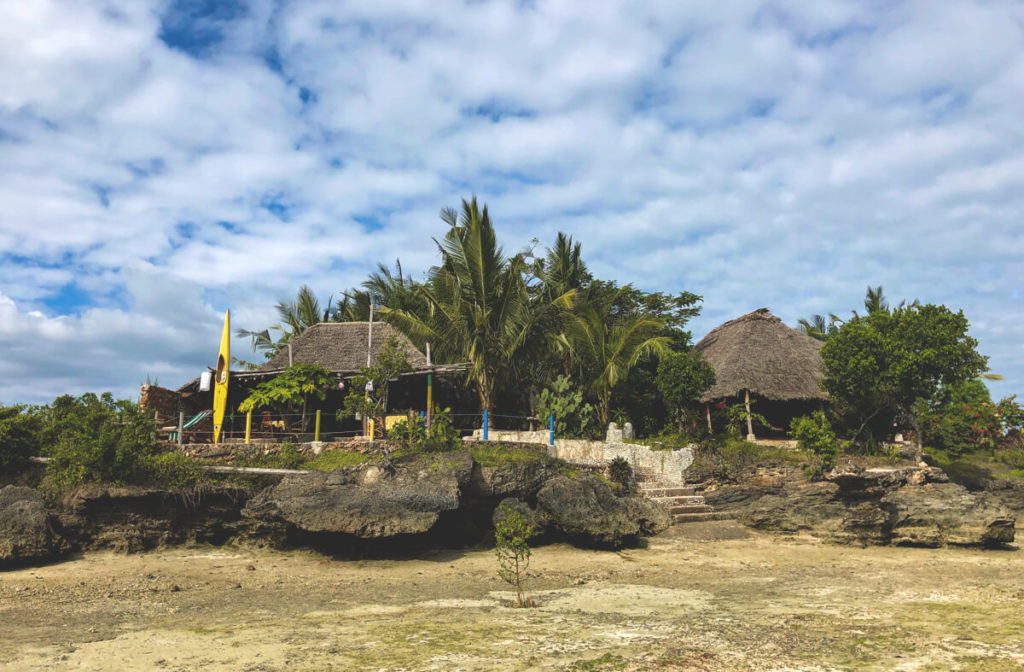
Three small bungalows for guests are located in the middle of a spacious and wild garden. Great importance is placed on naturalness and environmental protection. For example, electricity for guests is only provided by solar panels when the sun is shining at full power and for lighting at night, which wasn’t a problem for us at all—quite the opposite. Breakfast, lunch, and dinner are served every day on a terrace overlooking the sea.

The selection isn’t extensive – there’s always whatever the sea and the market have to offer that day, but it always tasted fantastic. The staff at the accommodation was so friendly and attentive that you felt like you were staying with friends. We spent the evenings relaxing on the terrace overlooking the beautiful sunset over the sea. We can recommend the Kidoti Wild Garden to anyone looking for a very personal and welcoming place to stay.
Snorkeling tour off Mnemba Island
There are many diving schools and operators* on Zanzibar that offer snorkeling tours. We were lucky that our accommodation organized everything for us. That day, we were picked up from our accommodation around 7 a.m. and driven to Nungwi. From there, we continued on a boat for about an hour before arriving at Mnemba Island.
The island itself is off-limits, so all boats stop off the island. There were a few boats there, but they hardly bothered us while snorkeling. The reef of Mnemba Island measures approximately seven by five kilometers, and we were able to see a small part of it.
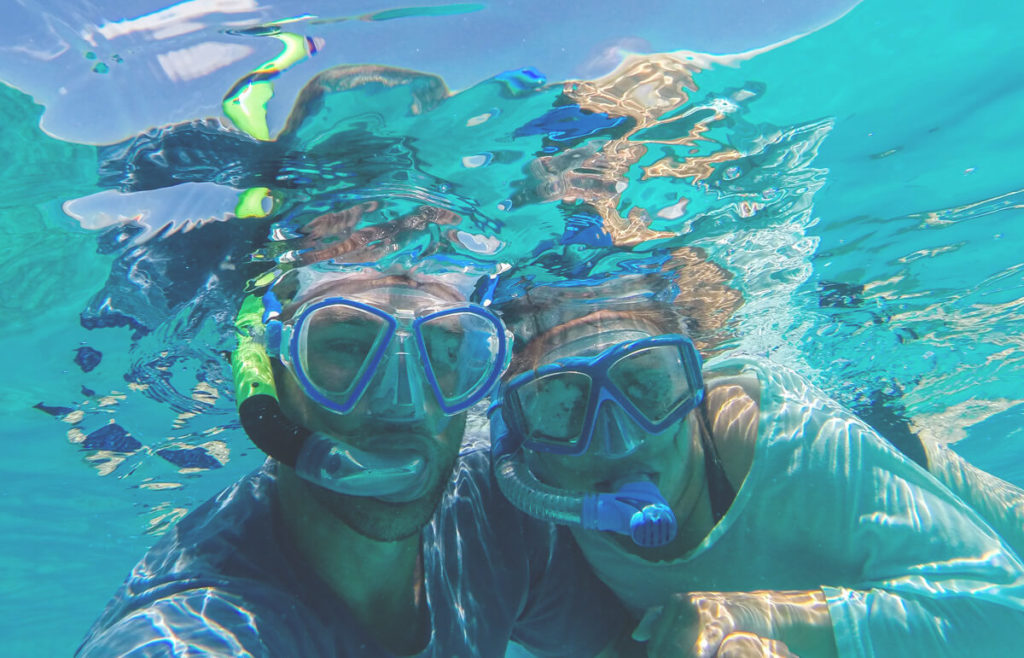
The island is approximately 10 hectares in size. The corals off Mnemba Island are unfortunately already pretty dead, but we were still able to admire numerous interesting fish. I have to say that this was my very first snorkeling tour, and I was naturally very impressed by what I saw. For experienced divers and people who have snorkeled before, for example, in Egypt or the Maldives, it might not be as exciting.
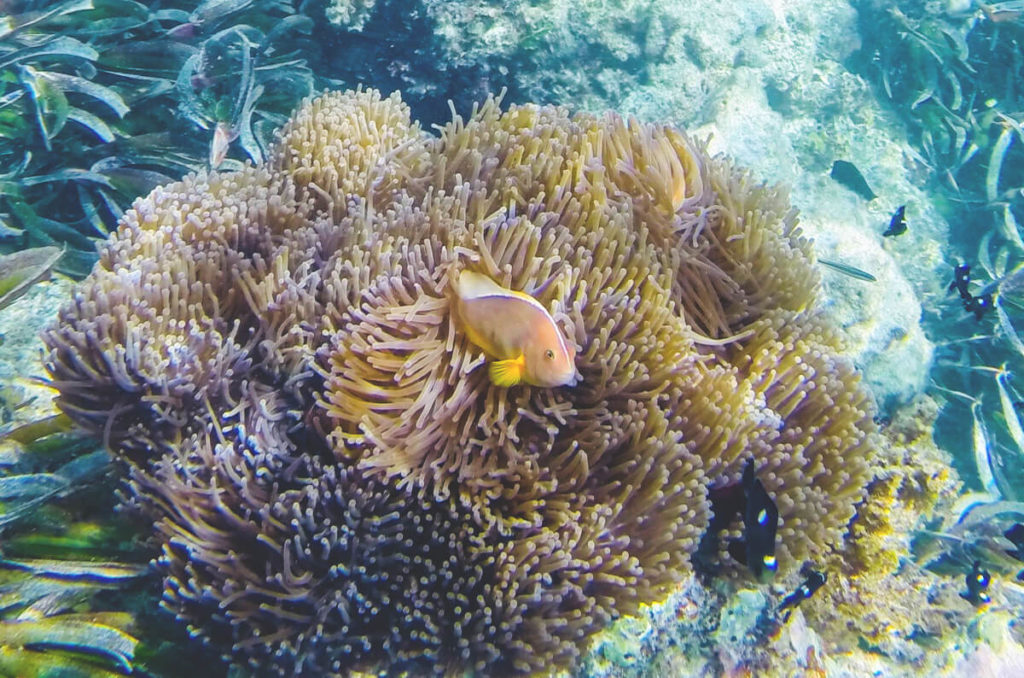
Chilling and Dinner at Muyuni Beach
We had a total of 1.5 hours in the water. Afterwards, we continued by boat to the beautiful Muyuni Beach with a view of Mnemba Island. For us, this was one of the most beautiful beaches of the trip. It was barely busy, the water was crystal clear, and the waves were simply fantastic. Here, everyone enjoyed a delicious meal. Freshly caught tuna was served with rice and a delicious sauce. There were also chilled drinks and fresh fruit to finish off the meal. After dinner, we returned to Nungwi by boat.
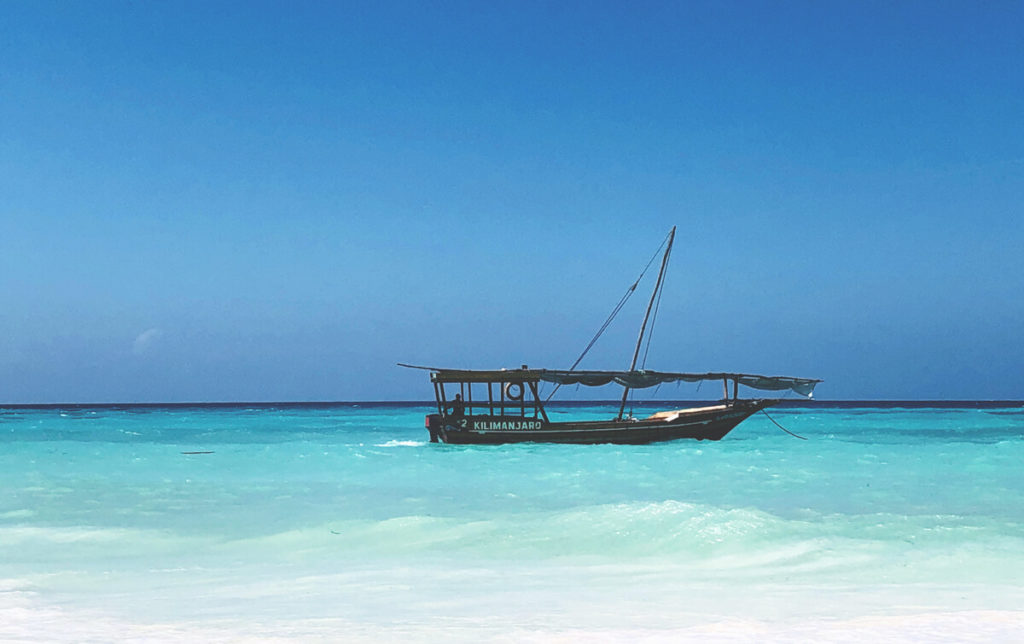
Highlight in Zanzibar – A Spice Tour
Almost all tour operators in Zanzibar offer spice tours*. We were given a personalized tour with a guided tour of the spice farm, followed by lunch. Zanzibar is known for its spices such as vanilla, cloves, and nutmeg. Even the first Sultan of Zanzibar maintained intensive trade relations with Europe and sold exotic spices of the time.
These spices once made Zanzibar rich, as the harvests were shipped all over the world, and the plantations still exist today. The spice tour through one of the spice farms is therefore a special experience. Our guide showed us all the plants in detail and explained them. We were even able to try most of them. It’s impressive to see how spices we’d previously only seen in supermarkets actually grow.
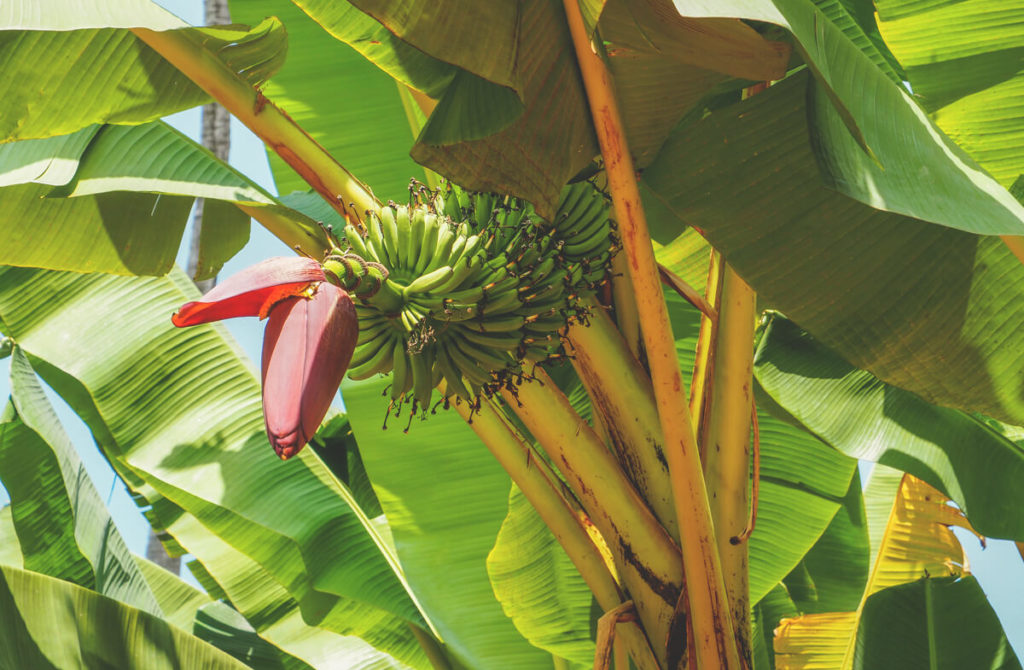
During the tour, you have the opportunity to purchase various spices, soaps, and other items. After our tour of the spice farm, our driver took us to a friend who lived near the spice farm. We were able to enjoy a home-cooked meal with him in his house.
In the living room, we typically sat on a large rug on the floor and enjoyed a truly sumptuous meal of fish, rice, and sauce. We loved being able to take such an individual and private tour. You can find many offers here: Spice Tours Zanzibar*.
Jozani Forest on Zanzibar
The Jozani National Park is the last remaining tropical forest on the island. Various species of monkeys and birds, as well as small antelopes and bush pigs, live here. The park is divided into three parts. In a small group, we walked with a guide along a narrow path through the densely forested park. The first part is a rainforest where we saw various reptiles, such as a chameleon and a millipede.
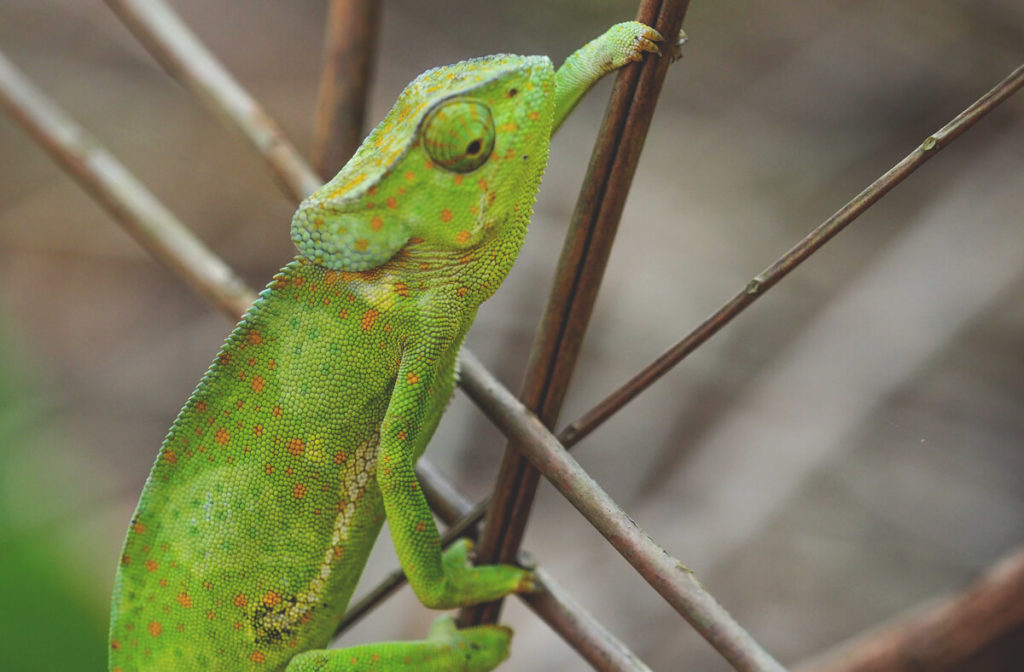
The second part of the park is where the monkeys live. Here we were lucky enough to experience some of them up close. Some of the monkeys we saw belong to the genus of red-headed guereza monkeys, which are found only in Zanzibar. Other monkey species are also represented here. A narrow boardwalk leads through the third part of the park, through dense mangrove forests. This gives you the opportunity to observe these forests, which are underwater at high tide, from above.
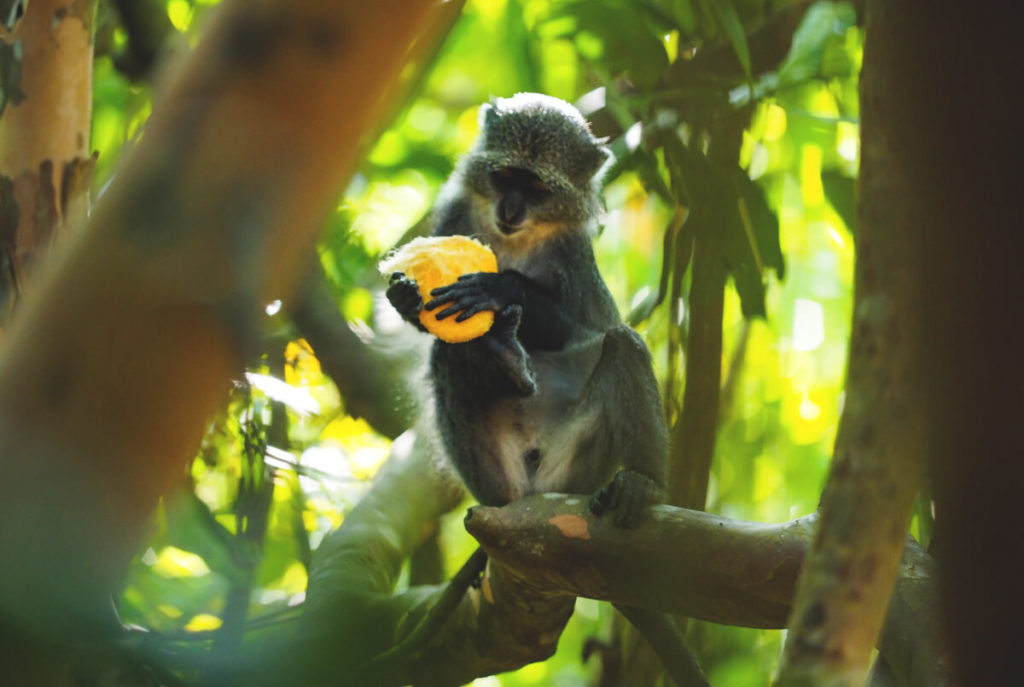
Overall, we had hoped for more from the tour through Jozani Park. The park itself is very beautiful, but unfortunately our guide was very hectic, so we practically “ran” through the park. We would have liked more time to observe the animals and immerse ourselves more deeply in nature. Entrance to the park, including a guided tour, costs $10 per person. You can book a guided tour here: Guided Tour to Jozani Park*.
Eating at “The Rock”
At the end of our trip, we went to what is probably the most famous restaurant in Zanzibar. “The Rock” is a very small restaurant on Michanwi beach, built on a rock. At low tide, you walk over small sandbags to the restaurant, and at high tide, you are taken from the beach in a small boat. As soon as you enter the restaurant at the top, you feel like you’ve landed in another world. You have a wonderful view of the ocean and sit by candlelight in a wonderful ambiance.
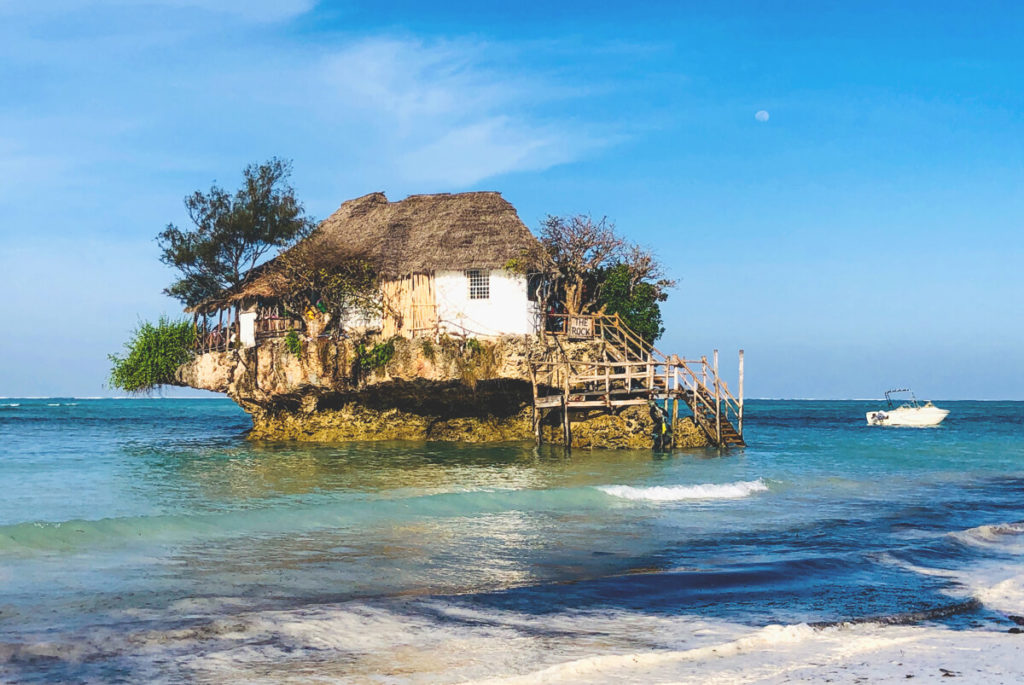
The food was also truly fantastic. Among other things, we had homemade gnocchi in a vanilla sauce, which was incredible. We also ate the best dessert of our lives: a chocolate salami with cookie pieces and spices, served with a scoop of vanilla ice cream. It was also by far the most expensive meal of the trip. We paid about €100 for two people. However, for us, it was still a very nice end to our trip.
Culture & Religion on Zanzibar
The majority of the population on Zanzibar is Muslim. You can tell that the culture is strongly influenced by Arabic and Indian culture; for example, there’s a lot of Indian food on the island. We found the people to be friendly and very helpful, so we never felt unsafe and, with a few exceptions, felt very comfortable. These exceptions only occurred when people became too pushy, trying to sell us something, for example.
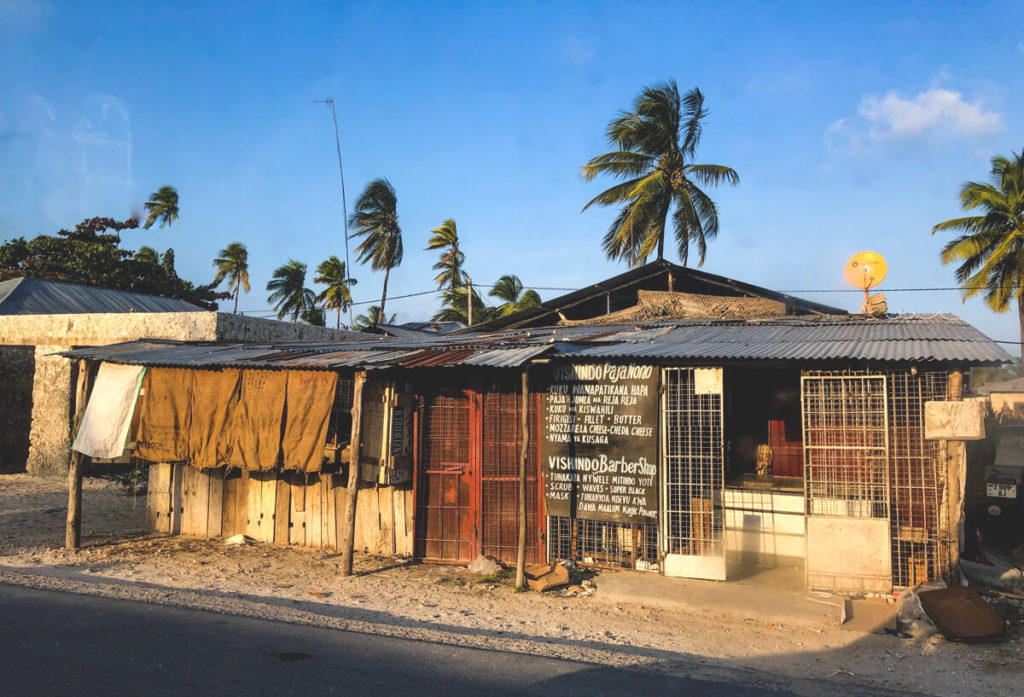
Life in general on Zanzibar is still very original. Unfortunately, many places are very dirty, as there is a lot of garbage lying around in Zanzibar’s otherwise beautiful natural surroundings. However, because the people are so friendly, they make it easy to immerse yourself in this culture, which is foreign to us. We always felt welcome, even if we sometimes felt like strangers ourselves, for example when riding the public transport, which is called “Dalla Dalla” in Zanzibar.
Riding the Dalla Dalla
The Dalla Dalla is a small minibus that stops wherever someone wants to get on or off. If there are no more seats, you simply sit on the floor or in an empty canister lying around in the bus. Thanks to the friendliness of the locals, who always greeted us with a happy smile in the Dalla Dallas, we quickly got used to this form of “public transport.” A ride on the Dalla Dalla costs the equivalent of about 20 cents per person.

Currency on Zanzibar
Payment in Zanzibar is mainly made with the Tanzanian shilling. However, there are also shops that accept dollars. In any case, you should always carry some cash with you, as there are only three ATMs on the entire island: one is in Stone Town, there is an ATM in Nungwi in the north of the island, and one in Paje in the south. Withdrawing money has always worked very well in Stone Town and Nungwi.
In Paje, we had the problem that the ATM was empty for two days because, of course, everyone wanted to withdraw money there. This meant that we hardly had any cash for two days, and card payments are not common in Zanzibar. When the ATM finally had some money again after two days, a long line had formed in front of the ATM after just a short time.
Traffic on the Island
Traffic on Zanzibar, as is often the case in African countries, is quite chaotic. We have driven ourselves on all our trips so far and were glad we didn’t this time. During our entire stay, we always had friendly and reliable drivers and would recommend everyone to do the same and not drive themselves.
Conclusion of the Zanzibar Tour
The island has two faces. One is the one you know from catalogs and the internet: gorgeous beaches, turquoise water, coconut palms, and exotic animals. The other side is very simple living conditions, garbage, and poor people. One often wonders how these two sides can harmonize with each other. We often had the feeling of falling from one extreme to the other.
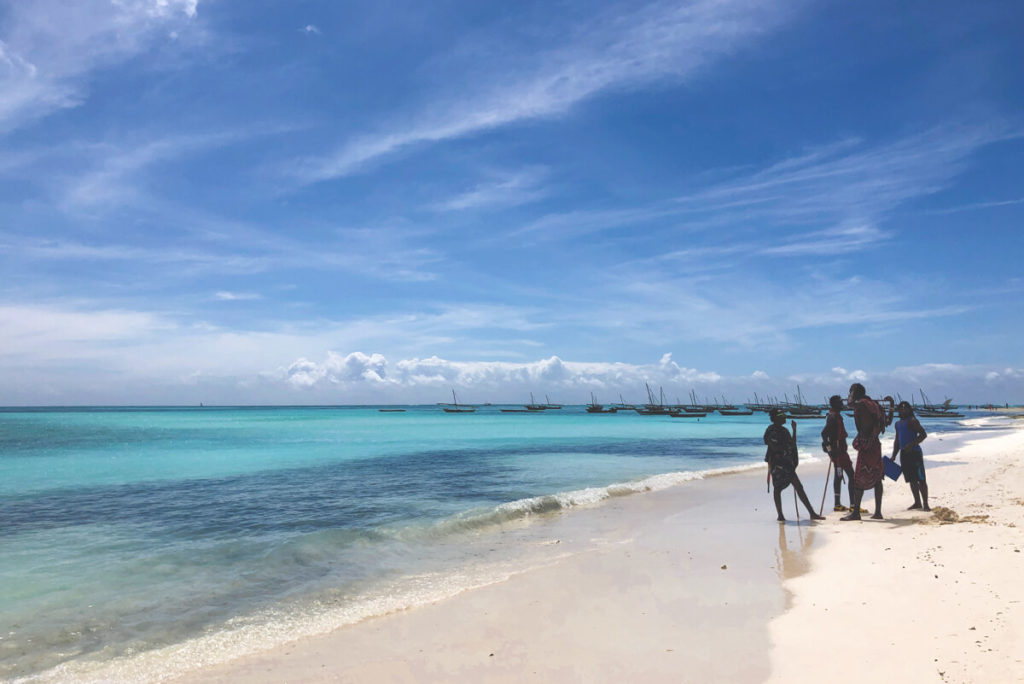
We highly recommend a Zanzibar tour to everyone. Don’t expect to only see the side shown in the pictures; try to explore the other side as well, because that’s definitely worth it. Those who manage to do this will have a wonderful time in Zanzibar and return from paradise rich in experiences and with many new impressions.
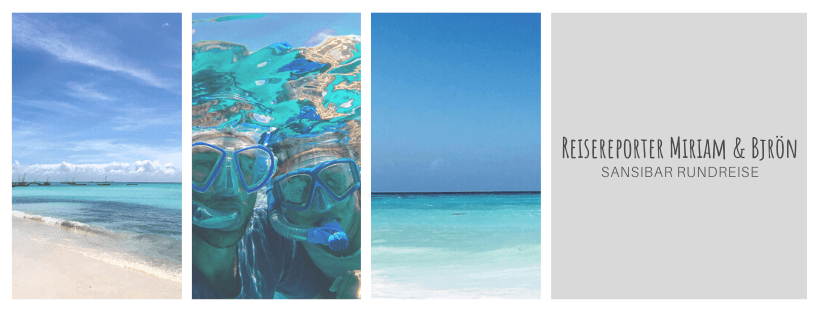
We really hope you enjoyed this travel reporter article about the Zanzibar tour. Feel free to check out the other exciting stories under the menu item “Reisereporter.” And of course, we’d also be happy if you took a look at our articles from other countries.